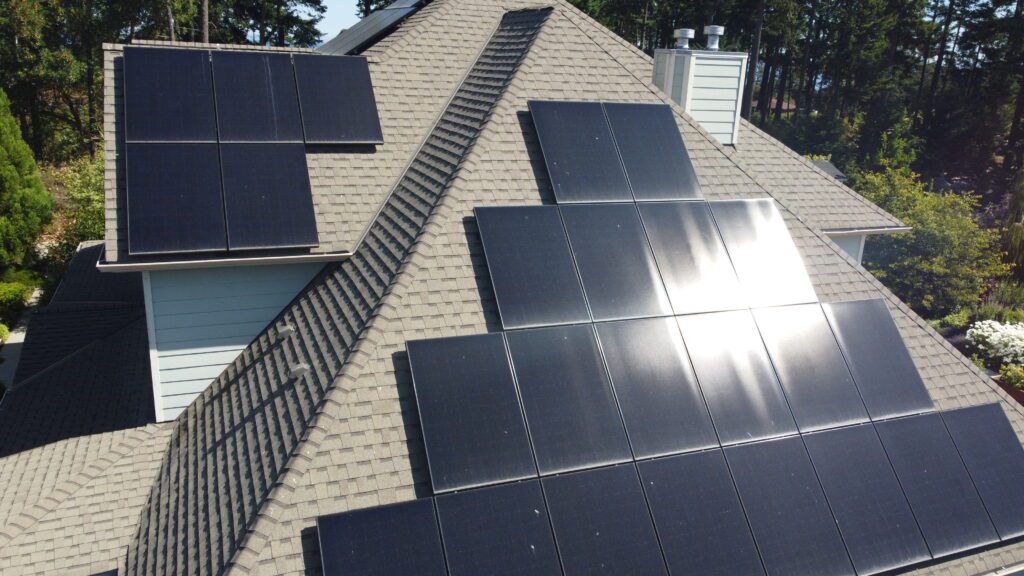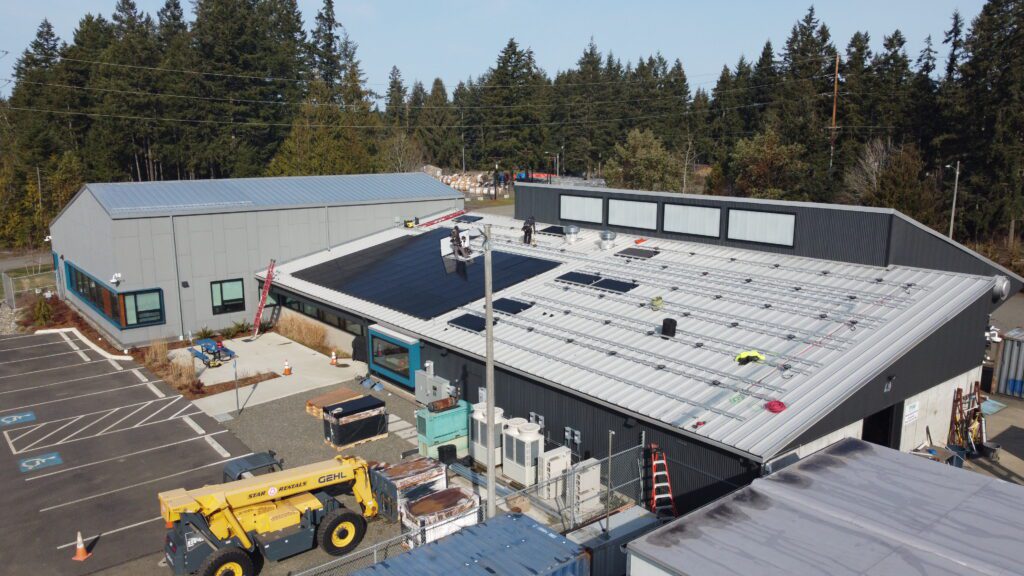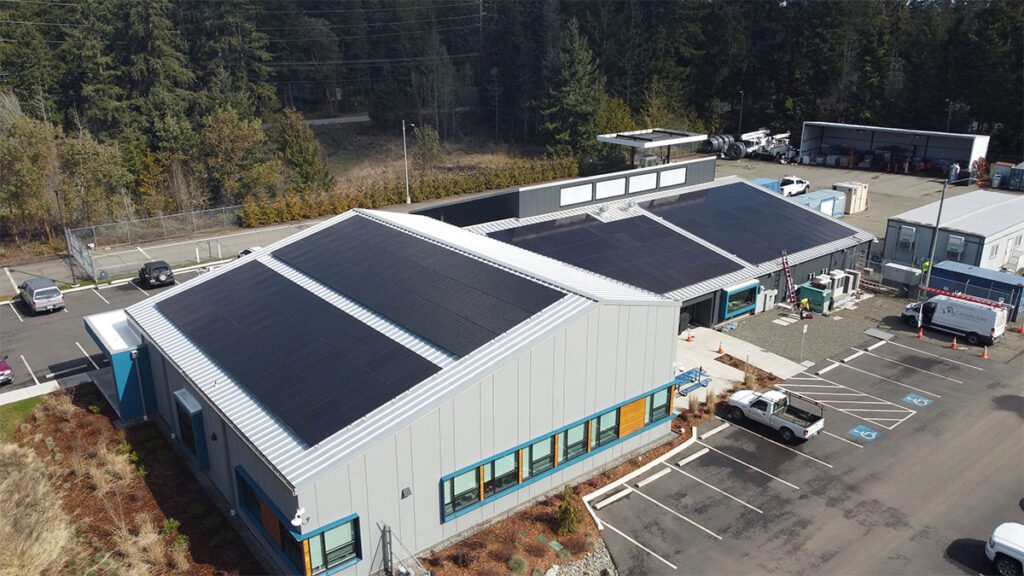Local Generation and Our Grid
Across the county solar panels are used to generate power back to the grid. But how does it all work?

There are 689 net metered solar-electric services out of approximately 21,000 meters countywide. That’s a staggering number compared to neighboring Mason 3 PUD with 200 net meters for 35,000 electric services, or Grays Harbor PUD with 337 net meters for 45,000 services.
So, what is a net meter and what does it look like for a homeowner? A net meter looks identical to other meters, but inside it’s a two-way street, tracking power used from the grid or sent back to it.
When the PUD reads the meter, the customer is charged the difference between the two readings. In a given month if the customer generates more than they use, they will receive a credit. Credits are “banked” and applied to the current or future bills. WA State requires banked credits be reset yearly in April. Remaining banked credits utility wide are donated to the PUD’s Rainy Day fund to support low-income households struggling with energy bills.

Contrary to popular solar legend, net meters do not spin backwards when sending power to the grid. In fact, metering is rather uneventful even on the sunniest of days despite the unique process taking place. Direct sunlight collected by the panels is converted into DC (Direct Current) power. DC power is great for batteries, but our grid and homes operate on AC power (Alternating Current). For solar energy to be usable it must first pass through an inverter. The inverter converts the DC power to AC while also helping it match the energy flowing from the grid. The converted energy (represented as green arrows on the right) travels through the net meter on the home, back to the nearby transformer. Here, voltage is boosted to distribution levels for use on the grid.

But what happens when the power goes out? Solar arrays are tied to incoming power, unless a battery backup is installed. Without a battery backup–which can be set to power key outlets or systems like a fridge in the home–a solar array will not function due to built-in anti-islanding protections. This is a safety component that keeps solar energy from backfeeding onto the grid during an outage. Keeping home-produced energy from entering the grid is essential, as it could potentially harm line crew working to restore power!
Depending on the size of the solar, customers see banked credits on billing each month until later in the year when the suns energy begins to wane and energy usage increases. All electric services pay a monthly base rate which helps cover general infrastructure needs.